Are you looking for ways to pay back your CPF housing loan in Singapore? If so, you’re not alone. Many Singaporeans use their CPF savings to finance their property purchases, but repaying the loan can be confusing. In this article, we’ll guide you through the process of paying back your CPF housing loan and provide you with tips on how to manage your loan repayment effectively.
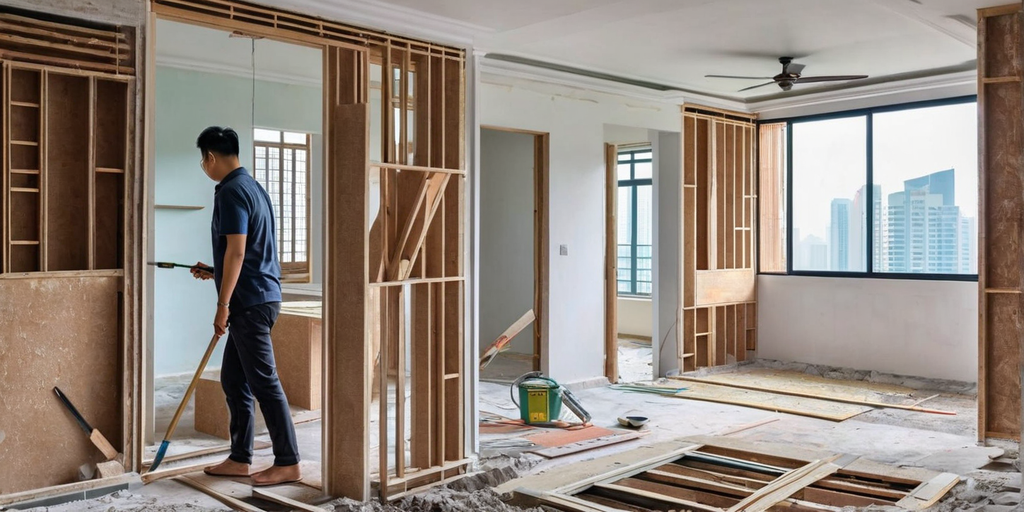
First, let’s start with the basics. CPF stands for Central Provident Fund, which is a mandatory social security savings scheme in Singapore. One of the benefits of CPF is that members can use their savings to pay for their housing needs, including purchasing a property and repaying their housing loan. However, it’s important to understand the terms and conditions of using your CPF savings for housing, as well as the repayment process.
Key Takeaways
- Understand the terms and conditions of using your CPF savings for housing and the repayment process.
- Choose a repayment strategy that works for you and manage your loan repayment effectively.
- Consider the impact of CPF housing loans on your retirement savings and selling your property.
Understanding CPF and Housing Loans
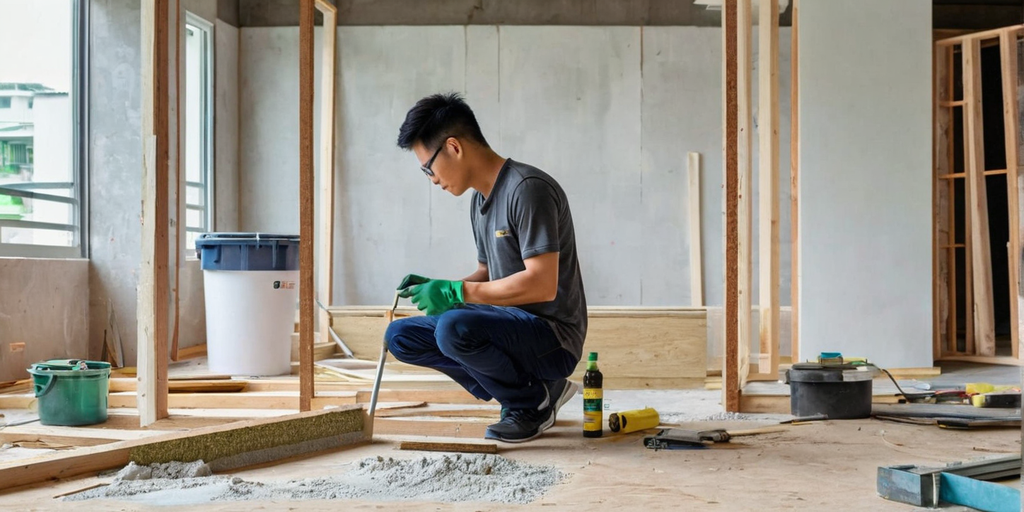
If you’re a homeowner in Singapore, chances are you’ve used your CPF Ordinary Account (OA) savings to purchase your home. The Central Provident Fund (CPF) is a mandatory social security savings scheme for all Singaporeans and Permanent Residents. In this section, you will learn the basics of CPF Housing Loans, CPF accounts and their role in Housing Loans, and interest rates and accrued interest.
Basics of CPF Housing Loan
A CPF Housing Loan is a loan given by the CPF Board to eligible members to buy a residential property in Singapore. The loan can be used to buy a new or resale HDB flat, Executive Condominium, or private property. The loan amount is based on the valuation of the property, the member’s age, income, and the outstanding balance of any existing CPF Housing Loan.
CPF Accounts and Their Role in Housing Loans
CPF accounts are divided into three categories: Ordinary Account (OA), Special Account (SA), and Medisave Account (MA). The OA is the account that is used to pay for the downpayment and monthly mortgage instalments of your property. The SA and MA are used for retirement and healthcare purposes, respectively. The amount of CPF OA savings that can be used for housing loan repayments is subject to the CPF Withdrawal Limits.
Interest Rates and Accrued Interest
CPF Housing Loans have an interest rate of 2.6% per annum, which is lower than the interest rates offered by most banks. The interest rate is fixed throughout the loan period and is calculated based on the outstanding loan amount. Accrued interest refers to the interest that is charged on the outstanding loan amount, which is added to the loan amount and accumulates over time. This means that the longer you take to repay your loan, the more accrued interest you will have to pay.
In summary, CPF Housing Loans are a great option for Singaporeans and Permanent Residents who want to purchase a home in Singapore. By understanding the basics of CPF Housing Loans, CPF accounts and their role in Housing Loans, and interest rates and accrued interest, you can make informed decisions about your home purchase and repayment.
Eligibility and Application Process
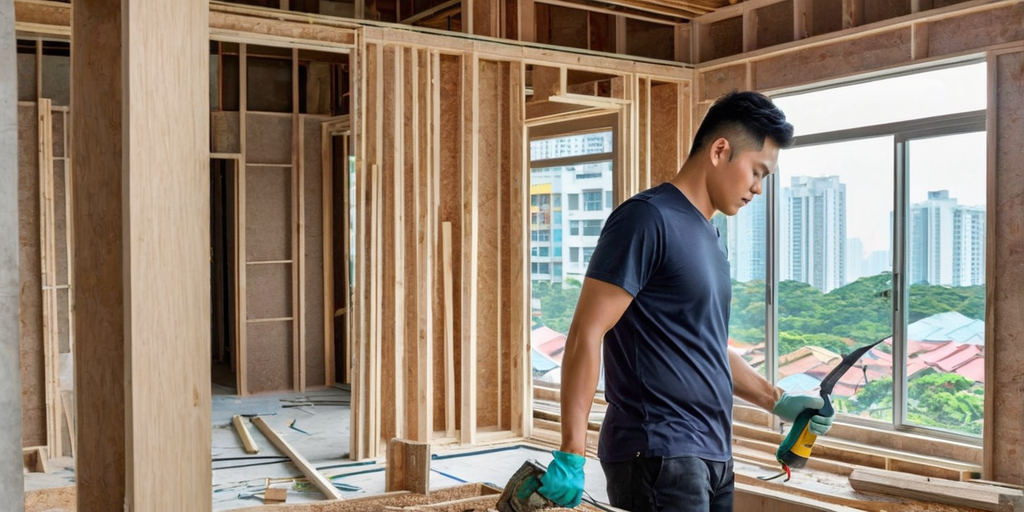
Who Can Apply for CPF Housing Loan
If you are a Singapore Citizen or a Permanent Resident, you are eligible to apply for a CPF Housing Loan. You can use your CPF Ordinary Account (OA) savings to pay for your home purchase. The amount you can borrow depends on various factors such as your age, income, and loan tenure. You can check your eligibility and the maximum loan amount you can borrow using the CPF Housing Loan Calculator.
Steps to Apply for a CPF Housing Loan
To apply for a CPF Housing Loan, you need to follow these steps:
- Find a property that you want to buy. You can buy a new or resale flat, private property, or executive condominium.
- Get an Approval In-Principle (AIP) from a bank or financial institution. This will give you an idea of how much loan you can borrow and the interest rate you will be charged.
- Submit your loan application to the bank or financial institution. You will need to provide supporting documents such as your income statements, CPF statements, and property details.
- Once your loan is approved, the bank or financial institution will disburse the loan amount to the seller or developer.
Using SingPass for Application
To apply for a CPF Housing Loan, you can use the CPF website or the CPF mobile app. You will need to log in using your SingPass. SingPass is a secure login system that allows you to access various government e-services. If you do not have a SingPass, you can apply for one online.
Using the CPF website or app, you can check your CPF account balance, view your transaction history, and apply for various schemes and services. You can also use the website or app to make voluntary contributions to your CPF accounts, including your CPF OA.
In summary, applying for a CPF Housing Loan is a straightforward process, as long as you meet the eligibility criteria and provide the required supporting documents. You can use the CPF website or app to apply for the loan and manage your CPF accounts.
Repayment Strategies
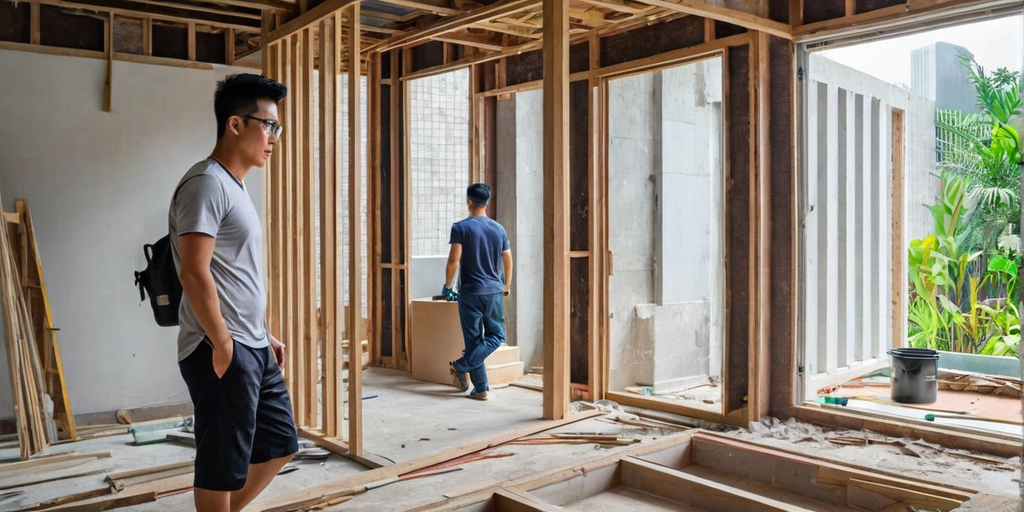
Paying back your CPF housing loan may seem daunting, but there are several strategies you can use to make the process smoother. Here are a few tips to help you repay your loan effectively and efficiently.
Maximising CPF Savings for Repayment
One way to repay your CPF housing loan is by maximising your CPF savings. You can do this by making regular contributions to your CPF account, which can be used to pay off your housing loan. Additionally, you can choose to use your CPF Ordinary Account (OA) savings to make partial or full repayments of your housing loan. This can help to reduce your outstanding loan balance and the amount of interest you will have to pay over time.
Voluntary Housing Refunds
Another way to repay your CPF housing loan is by making a voluntary housing refund. This is a refund of the CPF savings used for the purchase of your property, including the downpayment and monthly loan repayments. By making a voluntary refund, you can reduce your outstanding loan balance and the amount of interest you will have to pay over time. To make a voluntary refund, you can log in to your CPF account and follow the instructions provided.
Cash and CPF: Balancing Your Repayment
Balancing your cash and CPF contributions is an important part of repaying your CPF housing loan. While using your CPF savings can help to reduce your outstanding loan balance, it is important to balance this with your cash contributions. This is because using too much of your CPF savings can reduce the amount of retirement savings you have available in the future.
To balance your cash and CPF contributions, you can consider making partial repayments of your housing loan using both cash and CPF savings. This can help to reduce your outstanding loan balance while also preserving your retirement savings.
Overall, there are several strategies you can use to repay your CPF housing loan effectively. By maximising your CPF savings, making voluntary housing refunds, and balancing your cash and CPF contributions, you can reduce your outstanding loan balance and the amount of interest you will have to pay over time.
Managing Loan Repayment
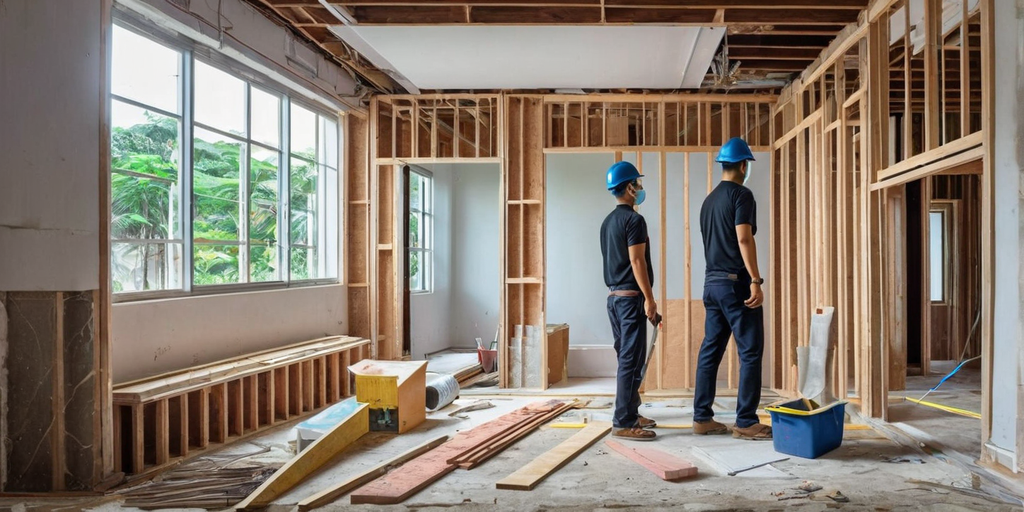
Congratulations on securing a housing loan and purchasing your dream home in Singapore! Now that you have taken the loan, it is important to manage your loan repayment effectively to ensure that you meet your financial obligations. This section will provide you with some useful information on how to manage your loan repayment.
Calculating Monthly Installments
The first step in managing your loan repayment is to calculate your monthly instalments. Your monthly instalment is the amount you have to pay back to your lender every month. It is calculated based on the loan principal, interest rate, and loan tenure. You can use an online loan calculator to calculate your monthly instalment easily.
Understanding Loan Principal and Interest
The loan principal is the amount you borrowed from the lender. The interest is the amount charged by the lender for lending you the money. The interest rate is the percentage charged on the loan principal. It is important to understand the loan principal and interest to manage your loan repayment effectively.
Loan Repayment Options
There are several loan repayment options available to you. You can choose to make your loan repayment through CPF or cash. If you choose to use your CPF, you can either use your Ordinary Account (OA) or Special Account (SA) to make the repayment. You can also make a voluntary housing refund to your CPF account to reduce the loan principal and interest.
If you choose to make your loan repayment through cash, you can use several payment methods such as GIRO, AXS, or Internet Banking. It is important to choose a payment method that is convenient and secure for you.
In conclusion, managing your loan repayment effectively is crucial to ensure that you meet your financial obligations. By understanding your loan principal and interest, calculating your monthly instalments, and choosing the right loan repayment option, you can manage your loan repayment effectively.
Impact on Retirement Savings
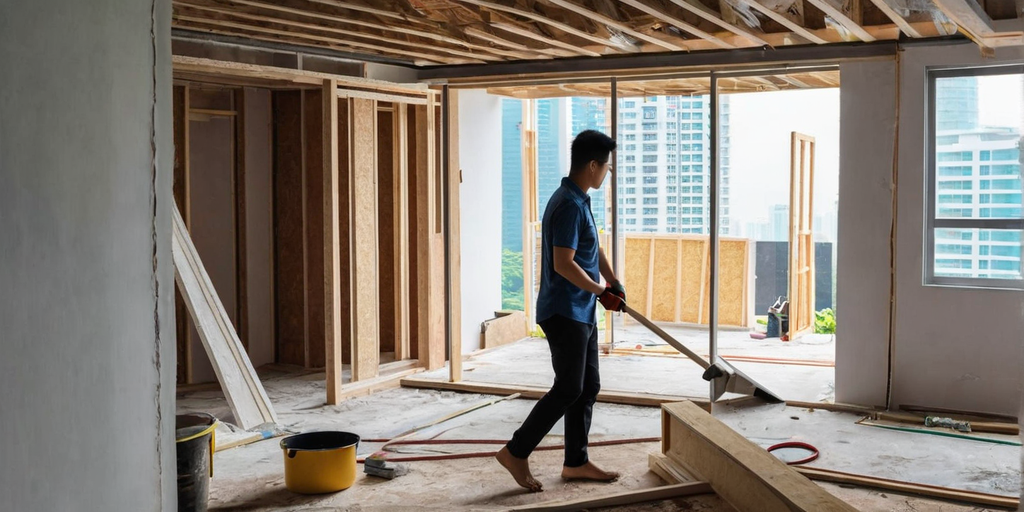
Retirement is an exciting time in your life, and it’s important to plan ahead to ensure you have enough savings to enjoy your golden years. However, if you’ve used your CPF Ordinary Account (OA) savings to pay for your housing loan, it can impact your retirement savings.
CPF Withdrawals for Housing and Retirement Sum
When you use your CPF OA savings to pay for your housing loan, you are essentially borrowing from your future retirement savings. The amount you withdraw from your CPF OA for housing will accrue interest over time, which you will need to repay when you sell your property. This means that you will have less money in your CPF OA for retirement, which can impact your retirement sum.
Your CPF retirement sum is the amount of money you need to set aside in your Retirement Account (RA) to receive monthly payouts during your retirement years. The Full Retirement Sum (FRS) is the minimum amount you need to set aside, while the Basic Retirement Sum (BRS) is set at half of the FRS.
Planning Ahead: CPF and Retirement
To ensure that you have enough savings for retirement, it’s important to plan ahead. If you’re approaching the age of 55, you may want to consider topping up your CPF SA and RA to hit the FRS. This will ensure that you have enough savings to receive monthly payouts during your retirement years.
If you’re planning to purchase another property, you may want to consider pledging your property to use your CPF OA savings for the downpayment and monthly loan repayments. This will help you preserve your retirement savings.
In conclusion, using your CPF OA savings to pay for your housing loan can impact your retirement savings. It’s important to plan ahead and consider your retirement needs when making financial decisions. By topping up your CPF SA and RA and pledging your property, you can ensure that you have enough savings for a comfortable retirement.
Selling Your Property and CPF Loans
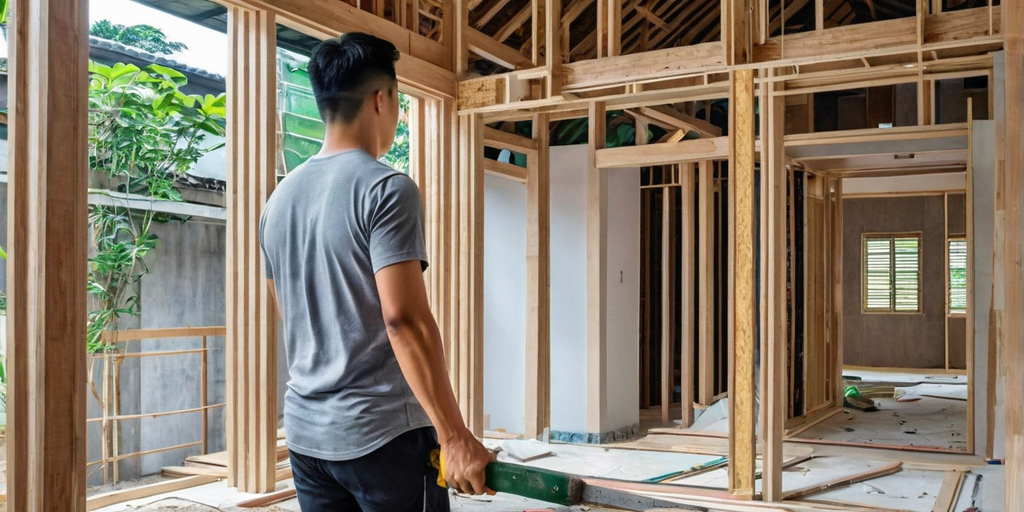
If you are planning to sell your property in Singapore, you may have used your CPF Ordinary Account (OA) savings to purchase it. In this case, you will need to make a CPF refund when selling or transferring your property. Here are some things you need to know:
Sales Proceeds and CPF Refunds
When you sell your property, the sale proceeds will be used to pay off the outstanding housing loan taken to buy the property and refund the CPF amount used for your property. The amount you have to refund upon selling the whole property/transferring or selling shares of property to another party is the principal amount of CPF (P) used and the accrued interest (I) on the P.
To calculate the CPF refund amount, you can use the following formula:
CPF refund amount = P + I - (sales proceeds - outstanding loan)
Here, “sales proceeds” refers to the amount you receive from selling your property, and “outstanding loan” refers to the remaining balance of your housing loan.
Outstanding Loan and CPF Accrued Interest
It’s important to note that you will also need to pay off the outstanding housing loan taken to buy the property. This means that if the sales proceeds are not enough to cover the outstanding loan, you will need to top up the difference in cash.
In addition, you will need to refund the CPF amount used for your property, along with the accrued interest. The accrued interest is equal to what you would have earned, had you kept the money in your account.
To make a voluntary housing refund of the Ordinary Account (OA) savings used for your property, you can take advantage of CPF’s interest. By doing so, you will need to refund less and get to receive more cash proceeds when selling your property.
Overall, selling your property in Singapore involves paying off your outstanding housing loan and refunding the CPF amount used for your property, along with the accrued interest. By understanding the CPF refund process, you can ensure that you are prepared for the financial obligations involved in selling your property.
Digital Tools and Resources

Managing your CPF Housing Loan has never been easier with the digital tools and resources available to you. Here are some of the digital platforms you can use to manage and pay back your CPF Housing Loan.
Home Ownership Dashboard
The Home Ownership Dashboard is a comprehensive online platform that allows you to manage your CPF Housing Loan. You can access the platform using your SingPass. Once you log in, you can view your outstanding loan balance, payment history, and other important details related to your loan. You can also use the platform to make partial or full repayments of your loan. The Home Ownership Dashboard is a great tool to help you keep track of your loan and ensure that you are on track to pay it off.
CPF Mobile App and Digital Services
The CPF Mobile App is a convenient way to manage your CPF Housing Loan on the go. You can use the app to check your outstanding loan balance, view your payment history, and make partial or full repayments of your loan. The app also allows you to access other CPF digital services, such as My Requests and My Statement. With the CPF Mobile App, you can manage your CPF Housing Loan anytime, anywhere.
Online Payment Platforms
There are several online payment platforms that you can use to make repayments of your CPF Housing Loan. Two of the most popular platforms are PayNow and eNETS. PayNow is a fast and secure way to transfer funds from your bank account to your CPF account. All you need is your NRIC or FIN number and a registered mobile number. eNETS is another online payment platform that allows you to make payments using your bank account. You can also use eNETS to set up recurring payments, so you never miss a repayment.
In addition to PayNow and eNETS, you can also use other online payment platforms to make repayments of your CPF Housing Loan. Look for platforms that support QR code payments, as this can make the payment process even faster and more convenient.
Overall, these digital tools and resources make it easy and convenient to manage and pay back your CPF Housing Loan. Whether you prefer to use a desktop platform or a mobile app, there is a digital solution that will work for you.
Frequently Asked Questions

What are the steps to adjust my CPF contributions for my home loan repayments?
If you want to adjust your CPF contributions for your home loan repayments, you need to fill out the HDB Request Form or the Private Property Request Form. Once you have submitted the form, CPF Board will inform your employer to adjust your CPF contributions accordingly.
Where can I find a CPF housing loan repayment calculator to plan my finances?
You can use the CPF Housing Loan Calculator to calculate your monthly repayments and the amount of CPF savings you can use for your housing loan. This calculator will help you plan your finances and ensure that you do not overcommit yourself.
Is there a cap on the monthly CPF contribution I can use for my housing loan?
Yes, there is a cap on the monthly CPF contribution you can use for your housing loan. The maximum amount of CPF savings you can use for your property is the lower of the purchase price or the value of the property at the time of purchase. Additionally, the monthly CPF contribution you can use for your housing loan is capped at 35% of your monthly income.
Is it financially savvy to utilise my CPF savings for settling my housing loan?
Using your CPF savings for settling your housing loan can be financially savvy as it allows you to reduce your monthly cash outlay. However, it is important to remember that using your CPF savings for your housing loan reduces the amount of CPF savings you have for your retirement. Therefore, it is important to strike a balance between using your CPF savings for your housing loan and saving for your retirement.
How does one execute a voluntary CPF housing refund, and what are the benefits?
If you wish to execute a voluntary CPF housing refund, you can do so by submitting the CPF Voluntary Housing Refund Form to CPF Board. The benefits of a voluntary housing refund include lower CPF usage and a higher refund amount when you sell your property.
What happens to my CPF funds after I’ve sold my property, and how do I claim a refund?
After you have sold your property, the sale proceeds will be used to pay off the outstanding housing loan taken to buy the property and refund the CPF amount used for your property. The amount you need to refund is the principal amount of CPF used and the accrued interest. You can claim a refund by submitting the CPF Withdrawal Form to CPF Board.

